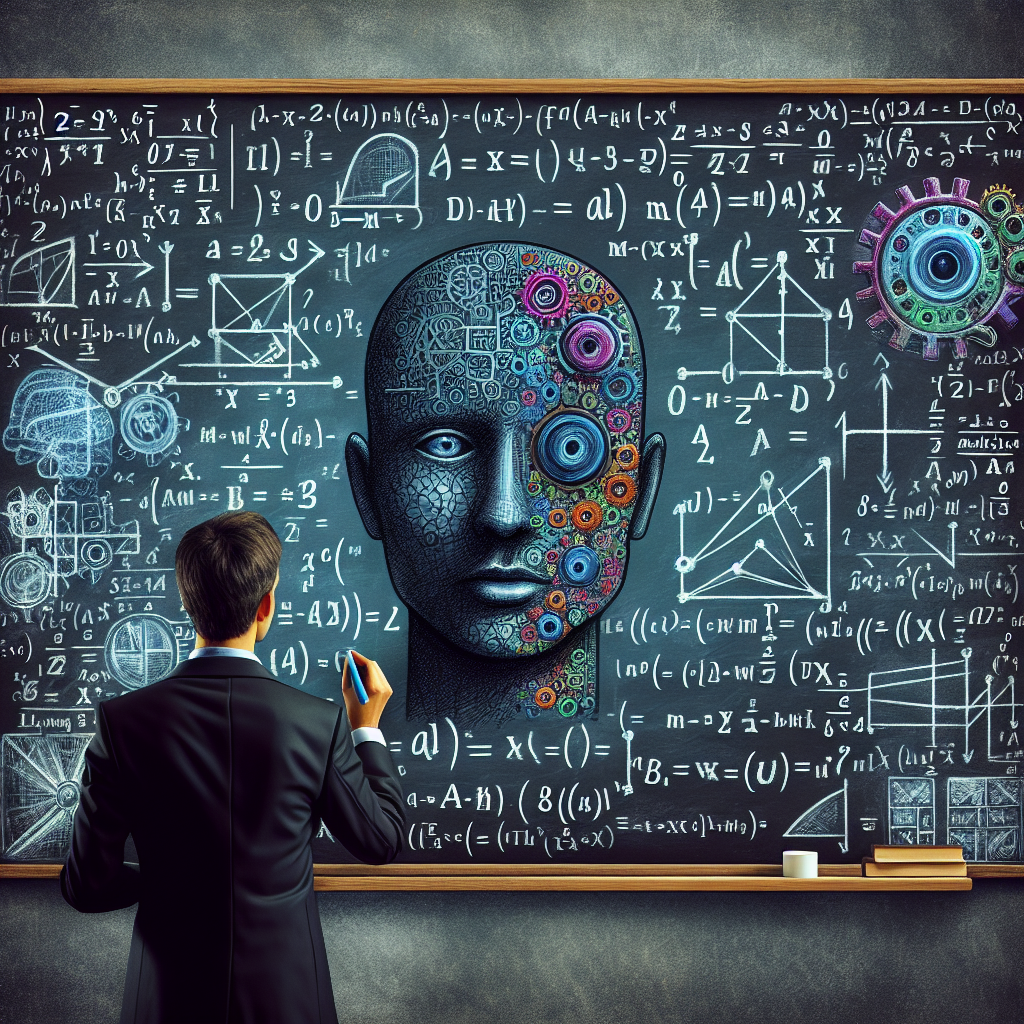Machine learning is a rapidly growing field that is revolutionizing various industries, from healthcare to finance to marketing. At its core, machine learning is a branch of artificial intelligence that involves developing algorithms and statistical models that enable computers to learn from and make predictions or decisions based on data. To truly understand machine learning, one must have a solid grasp of applied mathematics.
Applied mathematics forms the foundation of machine learning, as it provides the tools and techniques necessary to analyze and manipulate data in order to create accurate and efficient models. Understanding the basics of applied mathematics is essential for anyone looking to delve into the world of machine learning.
One fundamental concept in machine learning is statistical analysis. Statistics plays a crucial role in machine learning, as it involves collecting, analyzing, and interpreting data to make informed decisions. By using statistical methods, machine learning algorithms can identify patterns and relationships within the data, enabling them to make predictions and classifications.
Linear algebra is another important mathematical concept in machine learning. Linear algebra deals with vectors, matrices, and linear transformations, which are essential for representing and manipulating data in machine learning algorithms. For example, matrices are used to store and manipulate large datasets, while vectors are used to represent features or attributes of the data.
Calculus is also a key component of machine learning. Calculus helps in optimizing machine learning models by finding the minimum or maximum values of a function. Optimization algorithms, such as gradient descent, use calculus to iteratively adjust the parameters of a model in order to minimize the error or loss function.
Probability theory is another essential mathematical concept in machine learning. Probability theory helps in modeling uncertainty and making probabilistic predictions. Machine learning algorithms often use probabilistic models to estimate the likelihood of a certain event or outcome.
In addition to these mathematical concepts, understanding algorithms and data structures is crucial for implementing machine learning models. Algorithms are step-by-step procedures that specify how a machine learning model learns from data, while data structures are used to organize and store data efficiently.
By having a strong foundation in applied mathematics, one can better understand and implement machine learning algorithms, as well as interpret and evaluate their results. Moreover, a solid understanding of mathematics can help in troubleshooting and optimizing machine learning models.
In conclusion, understanding the basics of applied mathematics is essential for anyone looking to delve into the field of machine learning. By mastering concepts such as statistics, linear algebra, calculus, and probability theory, one can develop the skills and knowledge necessary to create effective machine learning models and make informed decisions based on data. Machine learning is a powerful tool that has the potential to revolutionize industries and improve our daily lives, and a solid understanding of applied mathematics is crucial for harnessing its full potential.
#Understanding #Basics #Machine #Learning #Applied #Mathematics,machine learning: an applied mathematics introduction


Leave a Reply